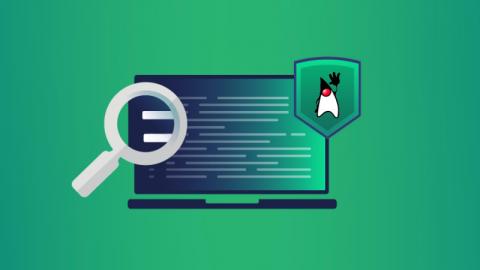Why you should upgrade to Maven version 3.8.1
If you are working in the Java ecosystem and building your applications with an older Maven version, this message is for you. Check your Maven version by typing mvn -version! If you are still running on an old Maven version like 3.6.3 or below you definitely need to upgrade to version 3.8.1 because of security reasons. Be aware that to run Maven 3.8.1, Java 7 is required. Luckily we found out in the JVM Ecosystem report 2021 that not many people work with Java 6 or below.










